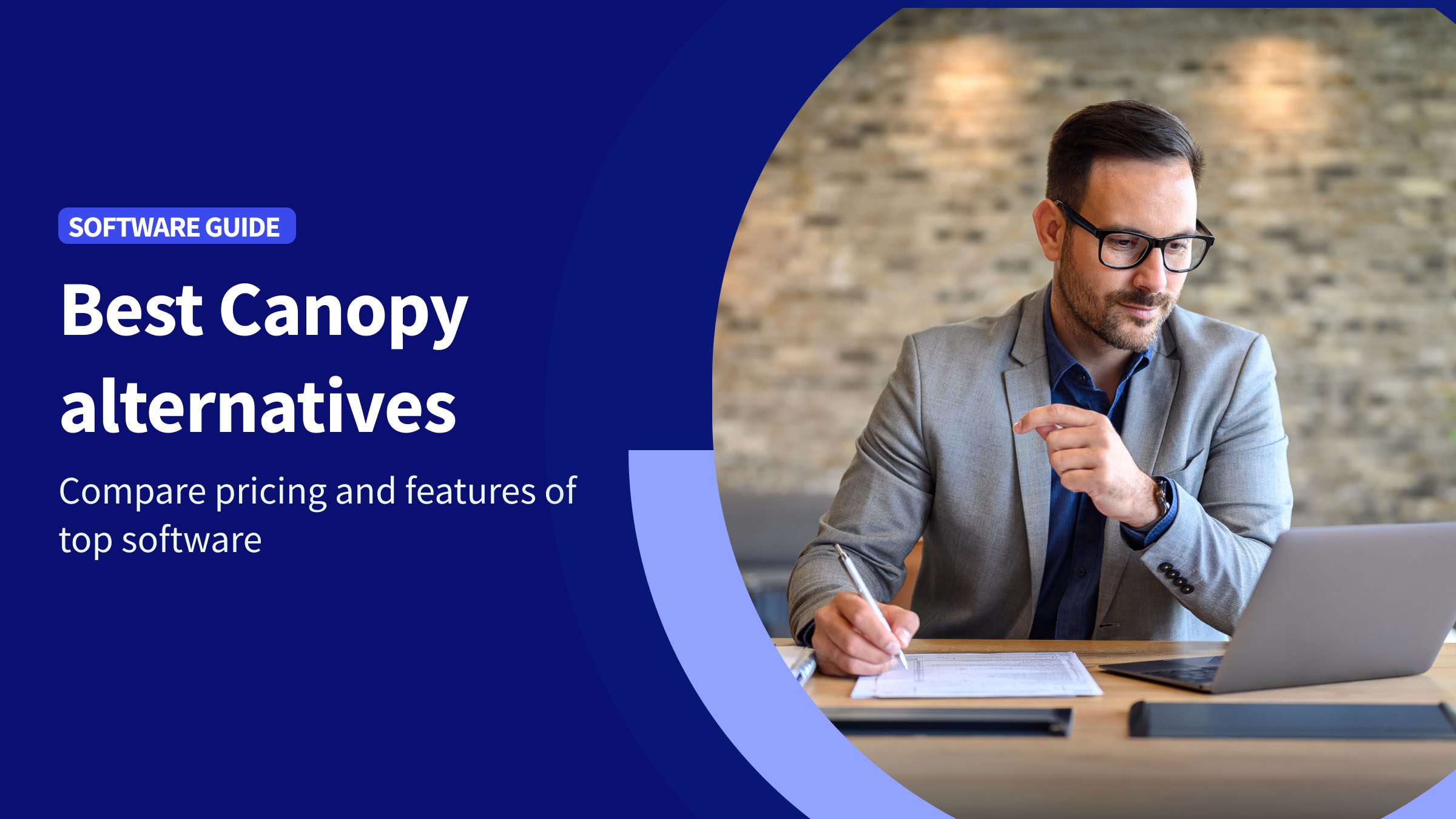Whether the paycheck protection program (PPP) has been effective for small businesses is up for debate. The Small Business Administration (SBA) has been doing the best they can, but have been overwhelmed by the millions of applications flowing in.
To expedite the process, the SBA has increased the number of direct lenders and even let companies like QuickBooks and PayPal give out loan proceeds. All in all, however, it’s been hard for small business owners to:
- Submit their applications
- Receive funding
- Understand PPP loan forgiveness
Since we can’t help out with the first two, we’ve decided to share what we know about PPP loan forgiveness in this post. Before we get into how to get your loan forgiven, let’s first review what the paycheck protection program (PPP) is.
What is the Paycheck Protection Program?
Let’s start with a brief history of how the paycheck protection program (PPP) came to be.
On March 19, 2020, the U.S. Government passed the CARES Act which included a coronavirus stimulus package. As part of the stimulus package, $377 billion was allocated to small businesses under the PPP to help keep people employed. The funding is a loan, but small businesses can convert it into a grant if they spend it right — hence, PPP loan forgiveness.
Whether you’ve received PPP funds already or are still waiting, it’s smart to create a plan for the money so you can get PPP loan forgiveness. Here’s how to make sure you’re eligible for forgiveness.
How to get PPP loan forgiveness
To qualify for loan forgiveness, there are some criteria you have to meet.
The first is related to timing. To be eligible for forgiveness, you need to spend your PPP funding within 8 – 24 weeks of receiving it. You can continue to spend your funding after this, but don’t expect PPP loan forgiveness for these expenses.
The next thing that matters for PPP loan forgiveness is how you spend the money. If you want to maximize your loan forgiveness amount, you need to put the funding towards the following types of expenses:
- Your staff’s salaries and wages
- Employee benefits such as health insurance and worker protection
- Utility payments
- Rent, mortgage interest payments, and property damage costs
- Operational expenses
- Supplier costs
It’s also important to note that you can only put 25% of your PPP funds towards non-payroll expenses such as your mortgage interest, rent, utilities, etc.
The funding you use to run payroll should also support the same number of employees you had before COVID-19 at the same pay rate.
Checklist to get your loan forgiven
Now that you’ve covered your bases in terms of PPP loan forgiveness, here’s a quick list of tips you can refer back to.
- Spend your PPP money within 8 – 24 weeks of receiving it
- Use 75% or more of your funds to pay your whole team at their full salary or wage
- Spend the remaining 25% on mortgage interest, rent, utilities, etc.
For additional guidance on how to maximize your PPP loan forgiveness:
- Talk to your accountant or financial advisor
- Contact your local government representative
- Use a PPP loan forgiveness amount calculator
If you’re still waiting for your funding to get approved, we recommend checking out these small business resources for support in the meantime.
Learn how Method CRM helps businesses impacted by COVID-19 work from home with ease.
Image Credit: Sharon McCutcheon via Unsplash






